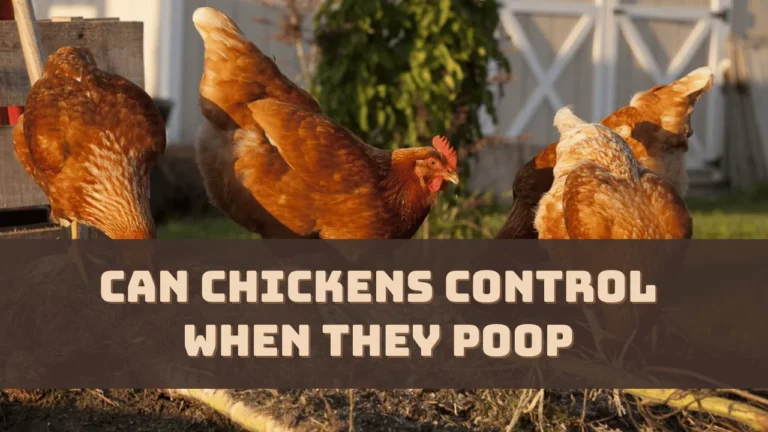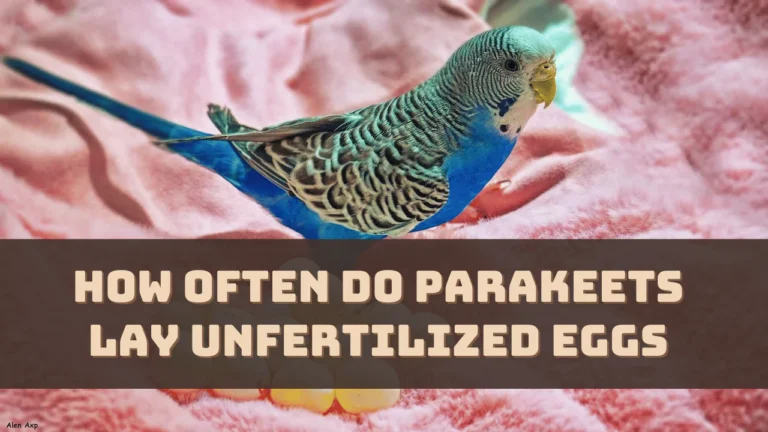Birds mate through the cloacal kisses, where the avian vents also called cloaca touch for a brief period of time, and the exchange of sperm from male to female occurs. Male birds lack a penis and cloaca is the only mating organ in birds. However, in waterbirds, there is an exception, they have a penis and mating occurs through penetration.
Let’s get to the details and understand the mating process in birds.
Which are the Mating Organs in Birds?
Male and female birds look the same from the outside as the male lacks a penis, unlike other mammals. However, they have an avian vent or cloaca which is an opening present below the tail of the bird and it acts as a passage for sperm, eggs, urine, and also feces.
During the seasonal time, when there is adequate temperature, light, and food available, the cloaca starts swelling and also expands which signals that the mating season has begun. During this time, the reproductive organs of the birds – one ovary in a female bird and a testicle in a male bird, change and expand in size. Once the breeding season is over the reproductive organs shrink making it easier for the birds to fly or migrate.
How Does Mating Take Place in Birds?
Mating is a step-by-step process where the initial stage is to attract a mate. Birds get attracted to plumage, mating songs, and impressive mating dances. When the bird courtship phase begins, then they proceed to the act of sex, where mating occurs through a cloacal kiss and no penetration takes place.
The male bird is seen to mount on the female from behind and balances itself on her back. The male bird stands on the back of the female where the feet are placed on the shallow indentation above her wings. In order to balance, the bird moves from one side to another and this act is known as treading.
The female bird arches or bends back and shifts her tail to the side. The male bird hunches over the female bird, the female ovaries get stimulated and for barely two to three seconds, their cloacas come in contact. The male releases the sperm which is passed on to the female bird, in this brief time.
If the balancing act lasts longer, then the cloacal kiss can occur more than once, which increases the chances of insemination and this is indeed required as only 2% of the ejaculated sperm can reach the female reproductive system. The following week, the sex hormones of the bird remain at a peak and mating takes place several times.
After a successful insemination, the female bird starts producing eggs within a couple of days. However, depending on the species of bird, it can also take a month to produce the egg. The bird holds the sperm within the body or the female’s sperm storage tubules until the conditions for nesting are appropriate. The eggs are released from the ovary and fertilized individually. Next, the shells are formed and eggs are laid.
After the act of mating, some male birds leave while others take part in nesting, raising chicks, and rearing the family, until the chicks are able to live on their own.
Are Birds Sexually Exclusive?
No, birds are not sexually exclusive, they might be seen pairing up for the mating season either for a year or a lifetime, but they will mate with different partners during the season until they ensure insemination. Birds bond socially rather than sexually and so they are termed as “open relationships”.
Can the Eggs Laid by Bird Belong to Different Male Birds?
Yes, birds mate several times during the season and when the time is right for producing eggs, she lays them. Thus, she may have sperms from different mating patterns and within the same brood, the eggs might belong to different male birds. It is also seen that two birds raise chicks even if they are not connected biologically and there is also no concept of “Step chicks”.
Why Do Female Birds Have One Ovary?
When the birds are in the embryonic stage they have two ovaries but with time after reaching adulthood only one ovary remains functional, which is on the left side, so birds are able to produce a few eggs at a time. This loss of ovary has helped them to save weight and take a more efficient flight.
How Ducks are an Exception in this Mating Process?
The water birds such as male ducks and swans, have a penis for mating, which is an extension of the cloacal wall. During mating, it becomes erect and penetrates the female cloacal until insemination is done. The process of mating remains the same, where the male climbs on the top of the female and the mating takes place under the water.
What Should You Do When You Spot a Mating Bird?
You must stay away from the mating birds, maintain a distance, and keep quiet. Never interrupt, or threaten them, as often they mate near a potential nesting site and your one act of carelessness can lead to them abandoning a suitable brooding place.


![Can Ducks Have Celery? [Explained] 7 Can Ducks Have Celery](https://masterbirds.com/wp-content/uploads/2024/02/can-ducks-have-celery-768x432.webp)

